Pseudopanax is an interesting genus, full of plants that literally cover New Zealand. I could talk about the awesomeness of the Five Finger Plant (Pseudopanax arboreus), or the variation of Pseudopanax lessonii, or the changes that Pseudopanax simplex undergoes. But today it’s just about a different pair of Pseudopanax. A very different pair, in fact.
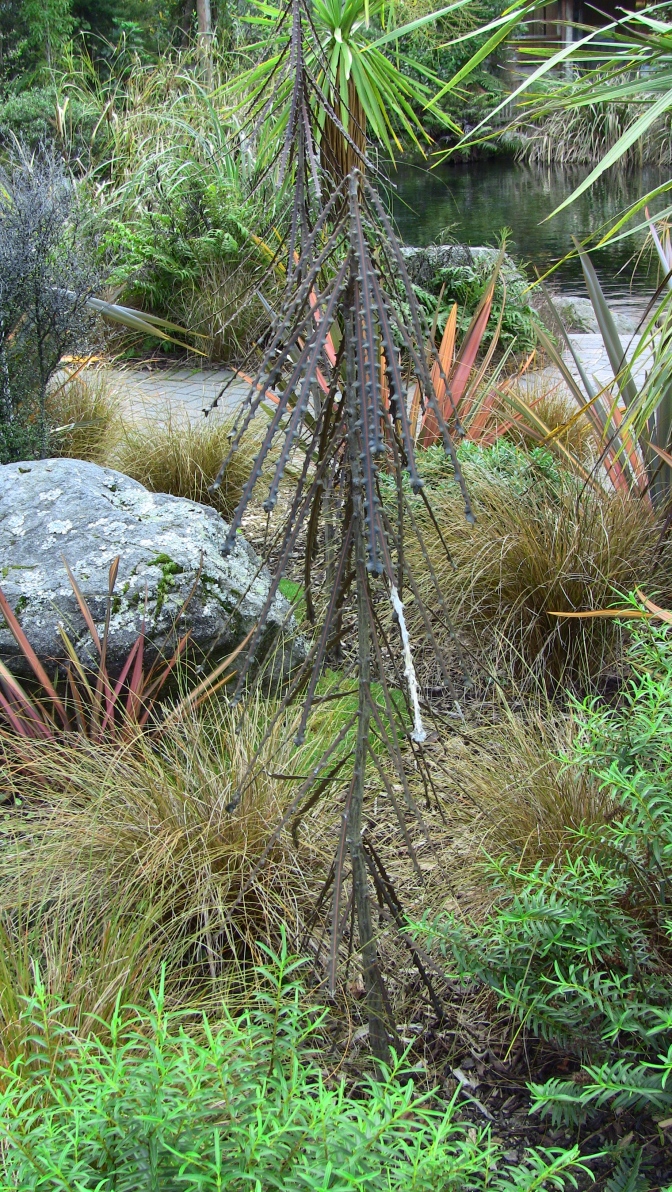
There are two species of Lancewood, as far as I know. They both are pretty weird plants. That also happens to be a good thing. I like weird plants. Pseudopanax crassifolia is the tame twin, known as just plain old Lancewood. The immature form of this small tree is very reminiscent of a pile of dead twigs. Pseudopanax ferox is the crazy twin. It’s leaves are lined with teeth, looking very convincingly like they are razor sharp. It turns out that they aren’t, which is good news for anyone who wants to touch the leaves as soon as they see them.
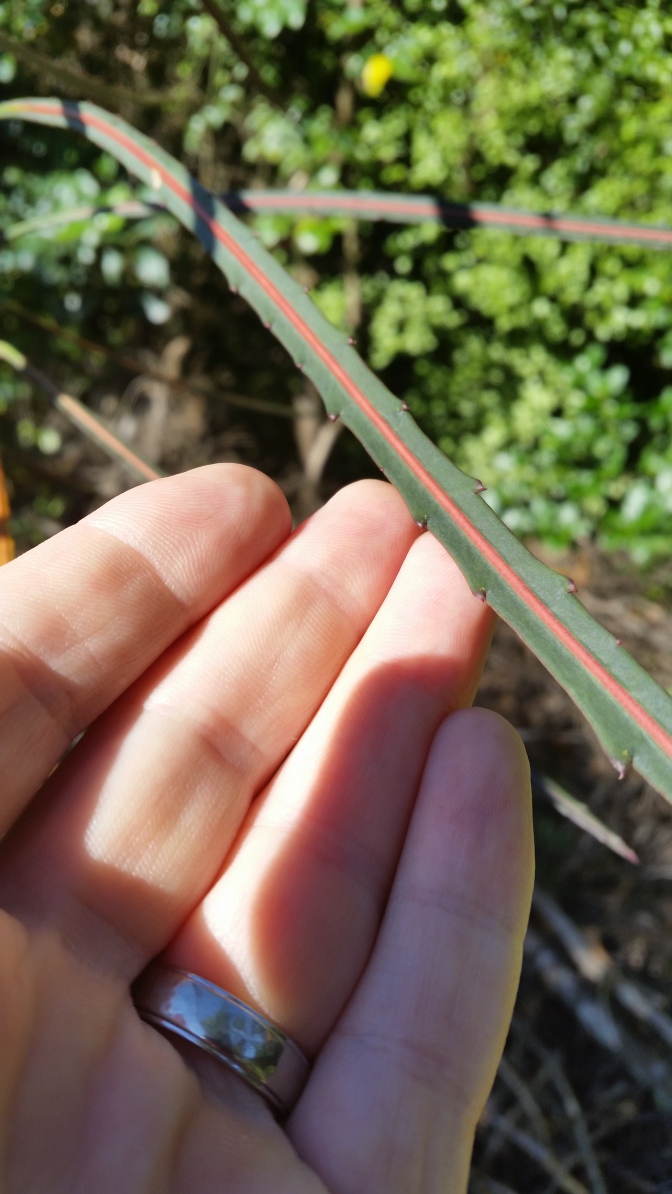
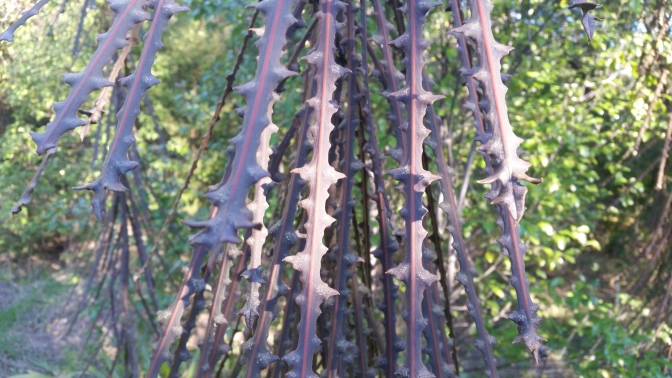
As a single specimen they both look out of place. As a group, they look more natural. That’s true with a lot of plants though. As they get larger, and therefore more mature, the leaves begin to change shape. They become more normal in width and slightly in color.
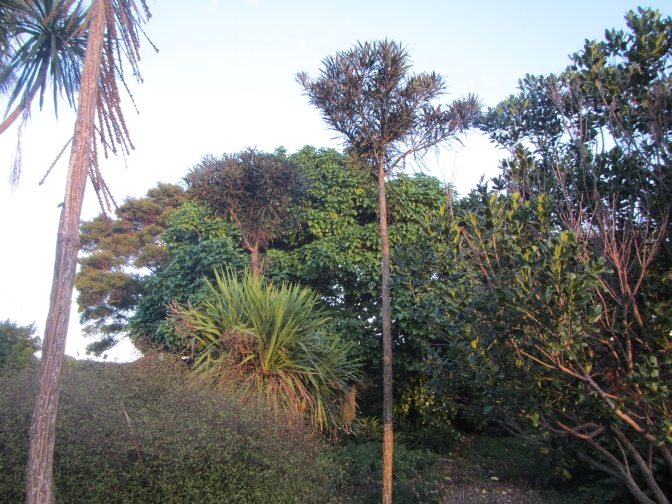
The bark gets odd though. If you’ve ever let a woody plant dehydrate so much that the bark begins to wrinkle, you’ll recognize this tree without ever needing to see a leaf. The first mature tree that I saw, I thought was dead. The bark was wrinkly and raisin-y, just like my old Dracaena! I quickly touched the trunk and realized that it was fine.

Up in the canopy, there aren’t many branches. It stays nice and compact, and the persistent evergreen leaves mean no mess underneath the tree.
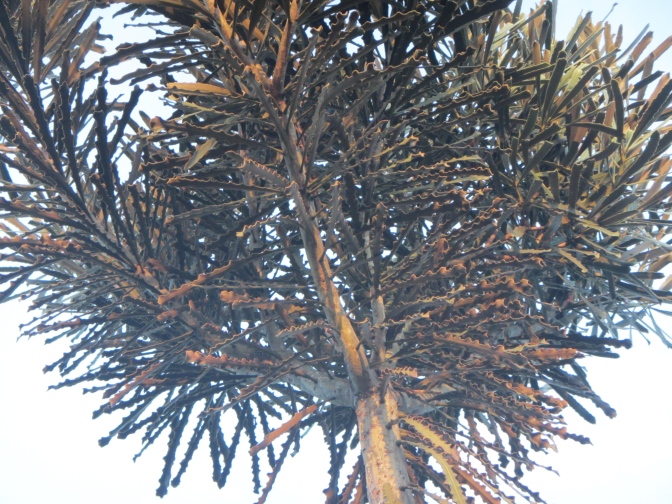
I never really gave much thought to these trees in the past, though mostly because I rarely saw them for sale. Now that I’ve seen more than a few of them, I like them. Like most plants found in this part of the world, they grow well in climates that are mild all around. No hard frosts and no blistering heat. They also appreciate consistent moisture. They sound like me!
One thought on “Lancewood, toothed and otherwise”